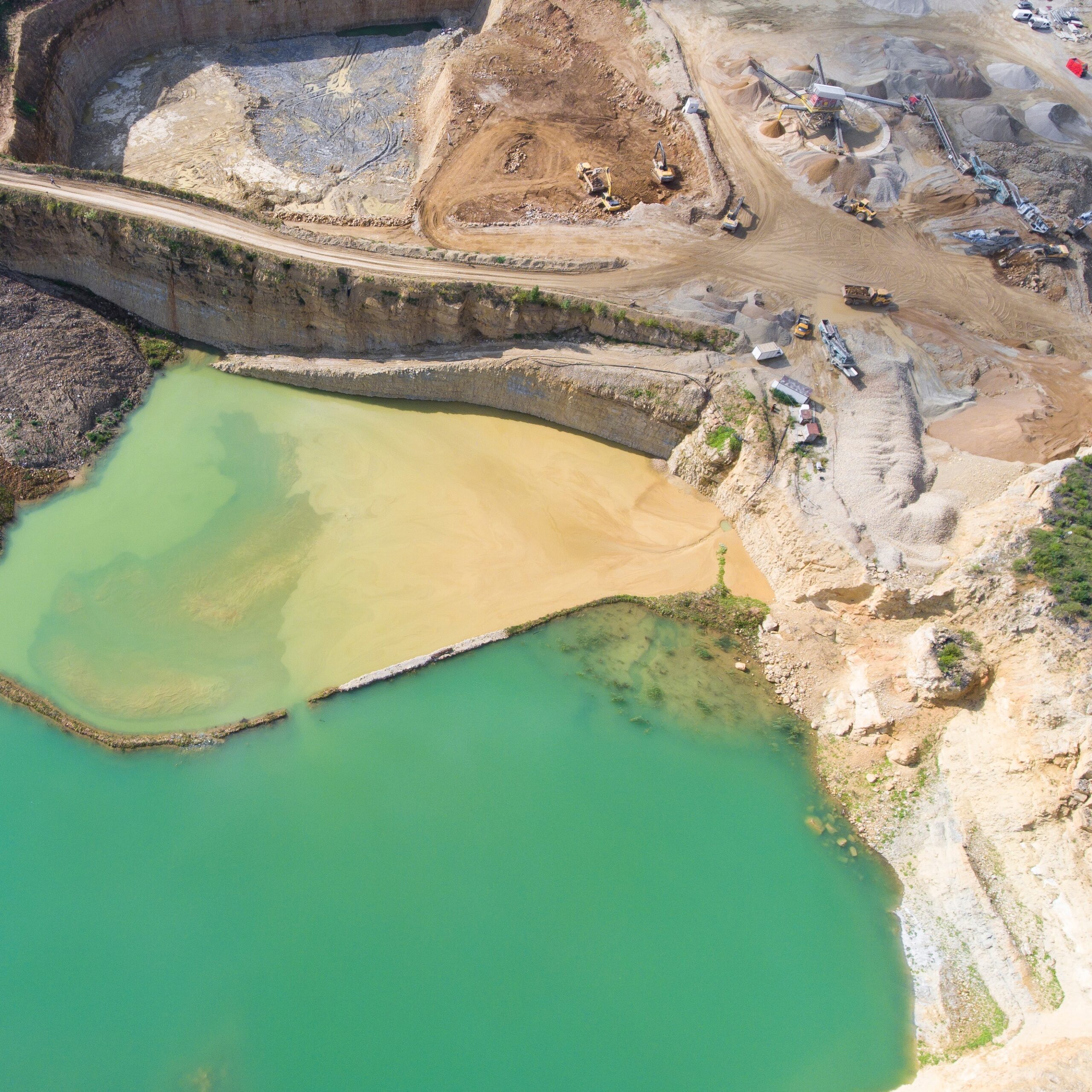
As Nuclear Insider has covered, Russia’s dominance in nuclear fuel shows wests dependence on Russia uranium enrichment, the United States and the European Union, among others, remain dependent upon Russian uranium and uranium conversion and enrichment services. As the west seeks to decouple itself from Russian energy and to punish Russia for the invasion of Ukraine, efforts are underway on both sides of the Atlantic to produce more reactor fuel within the US and EU. Post-invasion, about a sixth of America’s nuclear products still come from Russia, as does a third of the EU’s uranium enrichment services. Yet the slow and piecemeal approach to creating or growing domestic nuclear fuel industries shows the challenges that these democracies face in their aims.
The United States has the longest experience with industrial-scale uranium enrichment, going back to 1942 when work began on the first enrichment facility for the atomic weapons that the US was designing. Unsure of which enrichment technology would work best, the US built three enrichment facilities that used three different enrichment technologies. As the first of their kinds, these facilities were enormously expensive – over $14 billion dollars in 2023 for construction, and billions more for their operation – they were constructed in about two years. Aside from nuclear energy, the US ultimately produced enough weapons-grade uranium – enriched about 90% – for over 30,000 nuclear warheads (standard, large nuclear reactors use low-enriched uranium, about 5% enriched). With 80 years of experience in uranium enrichment, the US is patently able to construct uranium enrichment facilities within two years, and almost certainly at lower cost than in the 1940s. However, Congress has thus far approved only limited and indirect funding to grow US uranium enrichment capacity.
In summer 2022 the Biden administration began to push Congress to approve $4.3 billion to increase US enriched uranium capacity, primarily for a domestic uranium purchasing program, citing the need to reduce Russian reliance and to increase overall supply in advance of a wave of expected reactor construction in the US and elsewhere. Congress ultimately approved $700 million last year. The limitations of this effort are manifest. In 2022 the US bought $832 million worth of enriched uranium from Russia. The $700 million approved by Congress will not automatically renew, giving potential uranium supplies no assurance of future investments. The program will pay on delivery, requiring would-be uranium sellers to bear all costs and risks upfront. The Department of Energy, DOE, which is overseeing the program, initially planned to release program details in December 2022, but has yet to do so or set a deadline by when it will do so. The DOE provided $150 million in December 2022 to progress work on an existing DOE-owned enrichment facility that is the only US facility licensed to produced high-assay, low-enriched uranium, HALEU, which is enriched to about 20% and will be used by small modular reactors, SMRs. Barring no problems, that facility should be able to produce enriched uranium commercially next year. Not counting the Centrus facility, the US currently has a single enrichment facility.
While the Biden administration and the Department of Energy have continued to request additional funding for nuclear fuel production from Congress, it remains to be seen how the 118th Congress, under divided Republican and Democratic control, will handle the President’s budget request vis-a-vis uranium production and enrichment specifically or nuclear energy generally.
Within the EU, most countries have not begun serious considerations of domestic nuclear fuel production, focusing instead on diversifying their suppliers away from Rosatom, Russia’s behemoth nuclear reactor construction, maintenance, and fuel supply company. The Czech Republic, Finland, Bulgaria, Poland, Slovakia, and Hungary have all signed deals or are in discussions with US-based Westinghouse Electric Company, France-based Framatome, or other providers besides Rosatom. Ukraine, which has begun membership talks with the EU, may be able to wean itself off of Rosatom fuel completely next year, thanks to efforts that began in 2014, after Russia invaded Crimea, and to strong support from Westinghouse and the US federal government, including the DOE. Within the EU only France, which is the world’s biggest user of nuclear electricity in percentage terms and second only to the US in absolute terms, appears able and willing to add significant uranium conversion and enrichment capacities within the next few years. The UK has recently reorganized its department that oversees energy endeavors and has invested a small sum into the development of domestic nuclear fuel production, but the prospects are poor for a UK nuclear fuel export industry of any significant scale this decade, barring a massive infusion of funding from Westminster.
Some nations may turn to the Pacific. After Japan suddenly suspended its nuclear reactors in 2011, the nation was left with excess uranium, enriched fuel, and fuel production capacity. Japan’s Rokkasho reprocessing plant, which began construction in 1993, may finally become operational next year, providing another source of nuclear fuel. Japan’s prime minister, Fumio Kishida, announced last year that Japan would reopen its nuclear reactors and build more, and earlier this year the US and Japan announced that they would cooperate on the design and deployment of SMRs. While a boon for nuclear energy, that may limit the amount of nuclear fuel that Japan will be able to export once all of its extant reactors restart and new reactors come online.

